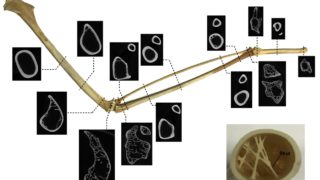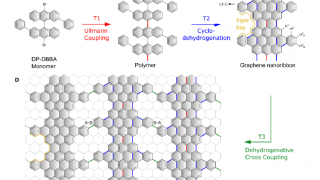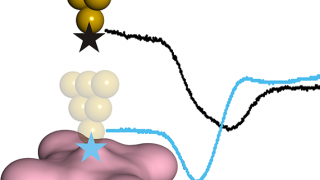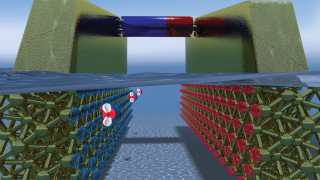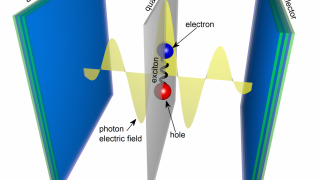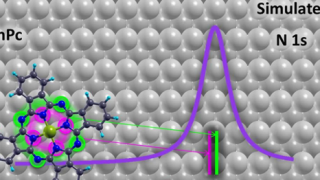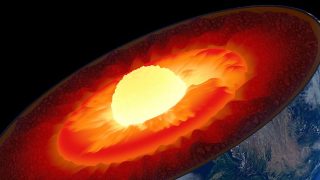
Metals, greek letters and Earth’s core
Imagine a bucket filled with hard spheres. As these spheres are free to pack together as closely as geometry allows they tend to adopt a close-packed structure, a structure in which there is least unfilled space. X-ray diffraction studies reveal that many metallic elements have close-packed structures. This simple fact explains a couple of very […]

